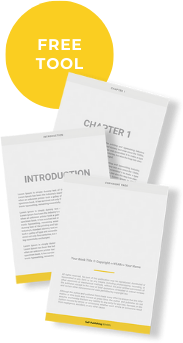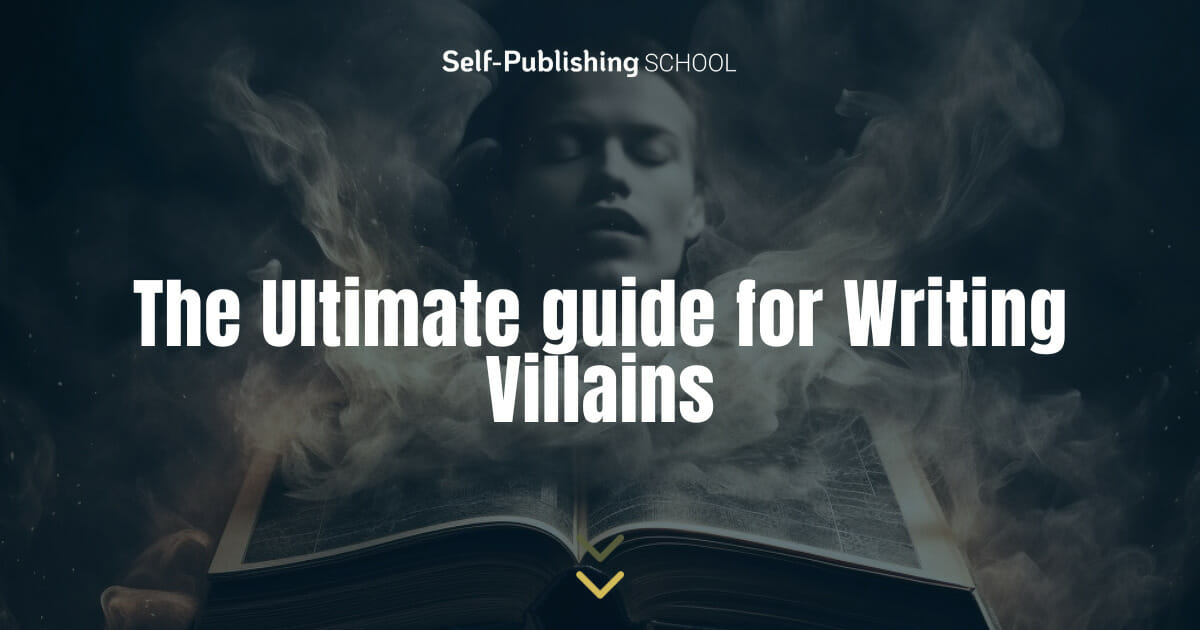
We all know the hero of a story is the main character. But that doesn’t necessarily mean they’re on the “right” side, just that the reader is meant to follow their story and understand their struggles.
Opposing the hero is the villain. But again, doesn’t necessarily mean they’re on the “wrong” side, just that they directly oppose the hero of the story.
Like the rest of the supporting cast of a book, the key to writing villains is giving them their own character arcs, goals, and complex personalities. Supporting characters are important for worldbuilding and influencing the protagonist’s character arc, and the villain’s role is to provide conflict and struggles for the hero to overcome.
What you’ll find
What is a villain?
A villain is a type of supporting character in your story who directly opposes the hero. Typically, they’re intentionally evil, but that’s not always necessary. On the scale of subjective morality, the villain might even be understood as “good” by certain audiences or in a certain understanding.
The main tell of a villain is how they relate to the hero of the story. For example, if the “hero” of a story is a serial killer, the “villain” is whoever opposes them—law enforcement, their victims, their unsuspecting family members who are close enough to perhaps unveil their crimes. We’ll see the villains through the eyes of our hero, which means it will be easier to understand them as villains, even if we wouldn’t think that way from a neutral perspective.
While a villain character is often associated with “evil,” their only requirement is to directly oppose the protagonist. The most interesting villains are the ones who, when you really consider what they’re saying, are making points.
Does you need to write a villain?
So does your story actually need a villain? That depends on your story! Villains can take many forms, and so can stories. There are no hard rules to writing, but here are a few reasons stories need villains.
Your story needs a villain to give the protagonist someone to oppose.
For a story to be interesting, friction and conflict are a must. And that conflict often comes from a villain character, but a “villain” could be something besides a single character. It might be a group of characters, an organization, a concept, a natural disaster… There are no limits to villains, just as there are no limits to stories.
A villain provides a comparison for the hero.
If you want to emphasize a trait of your hero, a great way to do that is by giving your villain, or character foil, the dramatic opposite of that trait. If your hero is warm and empathetic, your villain is cold. If your hero is charitable and giving, your villain is self-serving and cruel.
Villains make the story fun!
Think of your favorite villains. The fact that most people have favorite villains that come to mind is proof that villains make stories fun and interesting. What was your favorite part of The Dark Knight? Heath Ledger’s Joker, obviously. He’s the most fun part! Villains bring excitement and color to a story, along with providing an opposing force for the hero to overcome.
Characteristics of villain characters
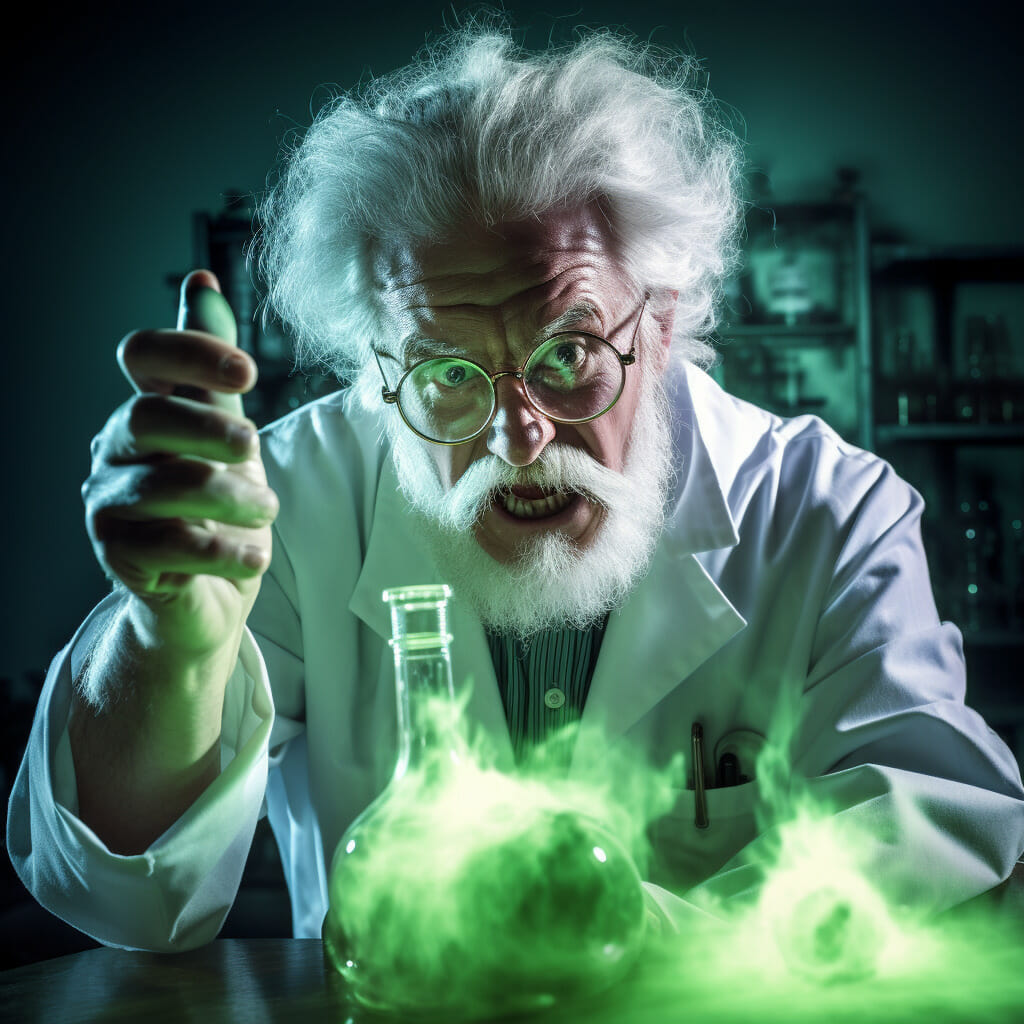
Here are some traits we typically expect to see with most villain characters.
Villains should be “fun.”
They don’t necessarily need to be likable, but villains need to be interesting and maybe amusing. Your villain carries the story just as much as the hero does. If there’s no one to oppose the hero, what’s the story?
Reasonable backstory.
Building your villain’s backstory is just as important as building the hero’s backstory. Where did they start? How did they get here? What in their past built their current motivation that makes them oppose the hero? Why do they specifically oppose this story’s hero? Even if you don’t fully reveal their entire backstory in the story itself, building up a rich origin for your villain will reflect in the way you write them.
An opponent.
For a villain to be relevant, they need an opponent. It might not directly be your hero. Maybe your villain is opposing the city or a larger entity, and your hero is trying to stop them for the sake of the villain’s opponent. A great example of this concept is Dr. Heinz Doofenshmirtz in Phineas and Ferb. He wants to destroy/take over the tri-city area. Perry the Platypus fights against him for the sake of the tri-city, not because they have personal beef with each other.
Morality.
As we all know, morality is relative. What’s “right” to one person is “wrong” to another. So when I say a villain needs morality, I mean they need their own morality. Their morality and logic might not align with the hero or the reader, but they have to have it. Where do they draw the lines between right and wrong? How do they justify their own actions? What does your villain think is actually evil? What’s their motivation for their “evil” goals?
Relevance/connection to the hero.
It would be pretty boring to have a random villain standing against your hero. Why are they here? What is the personal connection between your villain and hero that puts them at odds? Maybe your hero represents something the villain is against. Maybe they have a history. Whatever the reason, there should be a specific relevance between the villain and the hero.
Tips for writing villains
Here are four things to keep in mind when crafting a good villain.
1. Empathize with them.
In other words, understand why your villain is how they are. What’s their backstory? What’s their motivation? What makes them believe in their cause? Understanding where your villain is coming from can help you write them complexly.
2. Don’t forget their motivation.
Your villain must think they are the good guy. A villain being villainous “just because they’re bad” can work in a few exceptions, like in children’s media, but to write a truly intriguing villain, they should believe what they are doing is justified. Maybe they believe their actions are what’s best for the world overall—like Thanos. Thanos believes that by eliminating half of the universe’s population, he’ll be helping them. While there are several holes in that plan (and in Thanos’ logic and character development, but that’s a story for another time), we as viewers can understand and follow his line of thinking. We see what he thinks he’s doing, but that doesn’t mean we agree with him.
3. Make them complex.
Along with being evil, your villain should have a few likable, or at least relatable, qualities. This is why “stroking a cat” is such a common thread for villains. They have a pet that they’re gentle with, so surely they can’t be all bad? Maybe they have a mundane hobby, like collecting model airplanes. Maybe they have a family they’re trying to protect. Maybe they’re genuinely enjoyable to be around! An interesting villain is gray, not black and white. Real people have conflicting characteristics, and our characters should, too.
4. Write a strong introduction.
The scene in which we meet our villain is important. They should stand out. We should be intrigued by either who they are or what they’re doing the first time we see them.
One example of a strong villain introduction scene is from the 1991 classic, The Silence of the Lambs. Anthony Hopkins’ Hannibal Lecter is revealed to the audience through the eyes of Jodi Foster’s character, Clarice. He’s standing calmly in the middle of his jail cell and greets her politely. While his demeanor is pleasant, Anthony Hopkins presents this role so creepily that he’s immediately terrifying. The fact that he’s already standing at attention, and perfectly still, reflects his personality—controlled, measured, and horrifying. His eyes are in shadow, his blinks are slowly, and he calmly asks Clarice to see her identification, bidding her to walk closer to the glass separating them. Then he stares into her eyes, examines her I.D., and makes several correct observations about her job and her as a person just from glancing at her.
The creepiness of the interaction grows as he confesses to killing and eating people, making more personal declarations about Clarice, and offering her a lead for her case.
From this introductory scene, we learn that Hannibal is a monster, and that he does things only when they amuse him. The scene is unforgettable and establishes Hannibal as one of the most grotesque villains in film.
A strong character introduction for your villain will set the tone for their presence in the story.
Examples of villain characters in literature
Villains are some of the most memorable characters in literature. They make the big moves, they often stand for something they undoubtedly believe in, and their costumes are usually way cooler than everyone else’s. Here’s a list of a few famous villains you’re probably familiar with, as well as how they’re villains.
Mrs. Danvers in Rebecca.
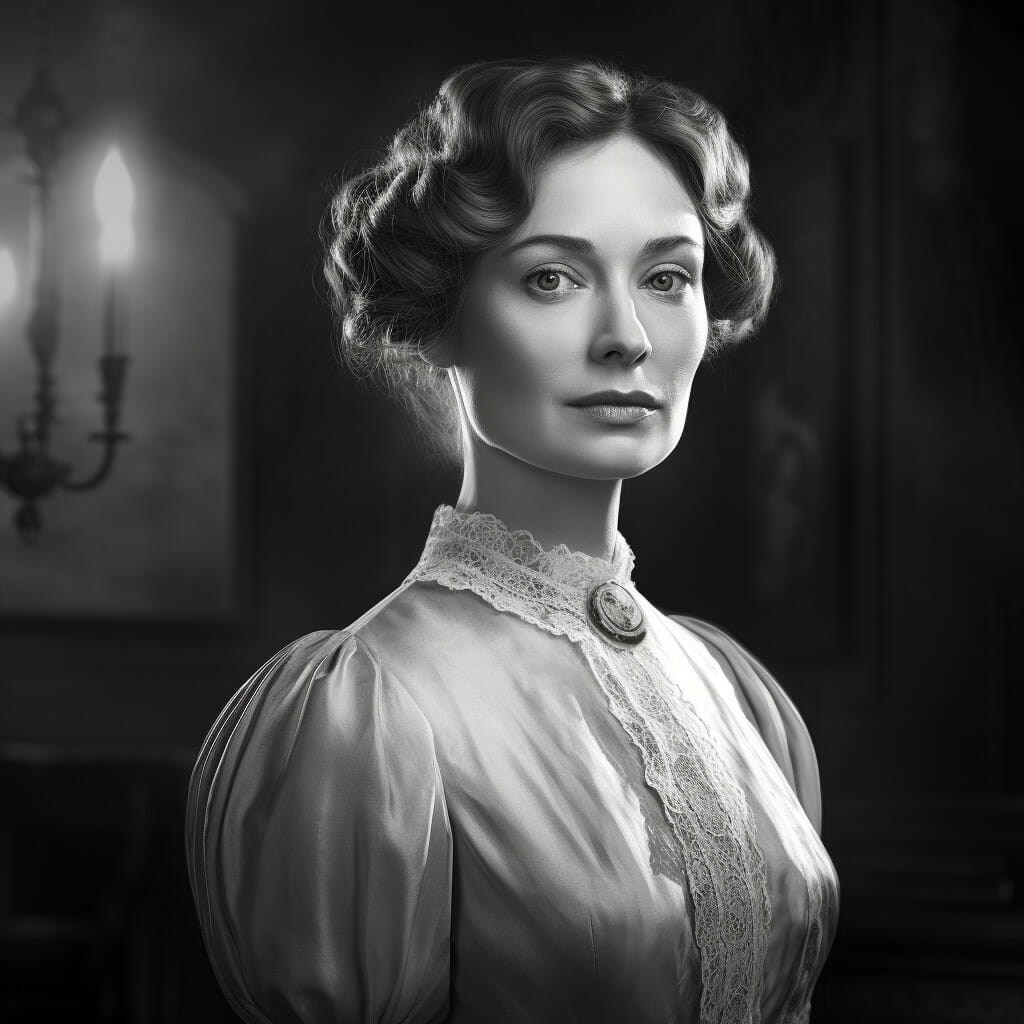
There aren’t a lot of book scenes that genuinely scare me like the one in Rebecca when Mrs. Danvers tries to convince the main character to jump from a window. Mrs. Danvers actively wants the main character dead, which makes her the story’s villain. Mrs. Danvers is so violently devoted to her former mistress, Rebecca, that she’s willing to kill anyone who dares to take her place.
The White Witch from The Chronicles of Narnia.
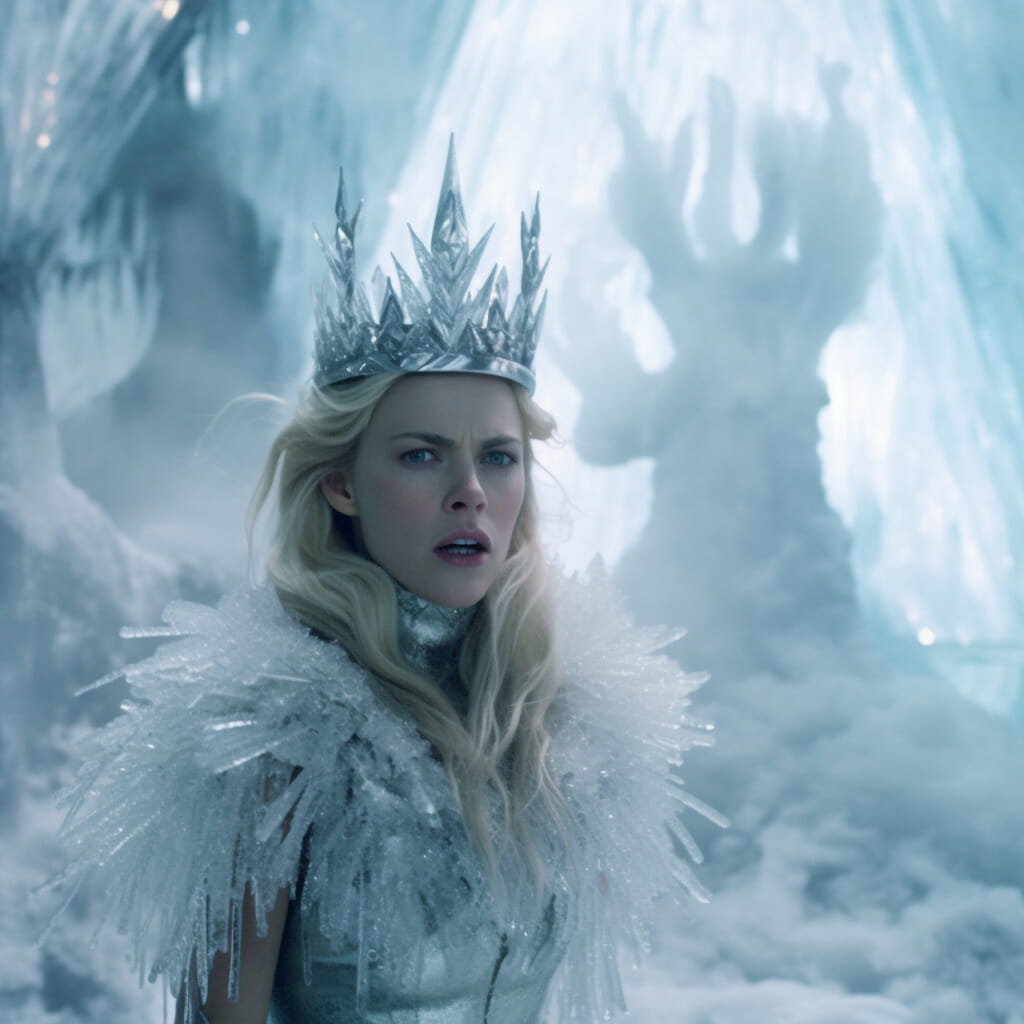
When we’re introduced to The White Witch (aka Jadis), she lays some heavy exposition on our main characters about how evil she is. How she tortured her subjects, placed no value on human lives, and expected everyone to bow to and serve her. She only escapes from her dying world by latching onto a child as they try to escape. She makes several attempts on nearly every main character’s life throughout the book, as well as literally crucifying the Jesus character. “Jadis” is almost certainly an allusion to the biblical “Judas,” which lets us know from the jump that this is our villain, as many Narnia stories act as Christian allegories. She’s one of the most black-and-white villains in literature, given her lack of redeeming characteristics and blatant acts of cruelty with no remorse.
Note: You’ll see a lot more clear-cut villains in children’s stories.
Lady Catherine de Bourgh in Pride and Prejudice.
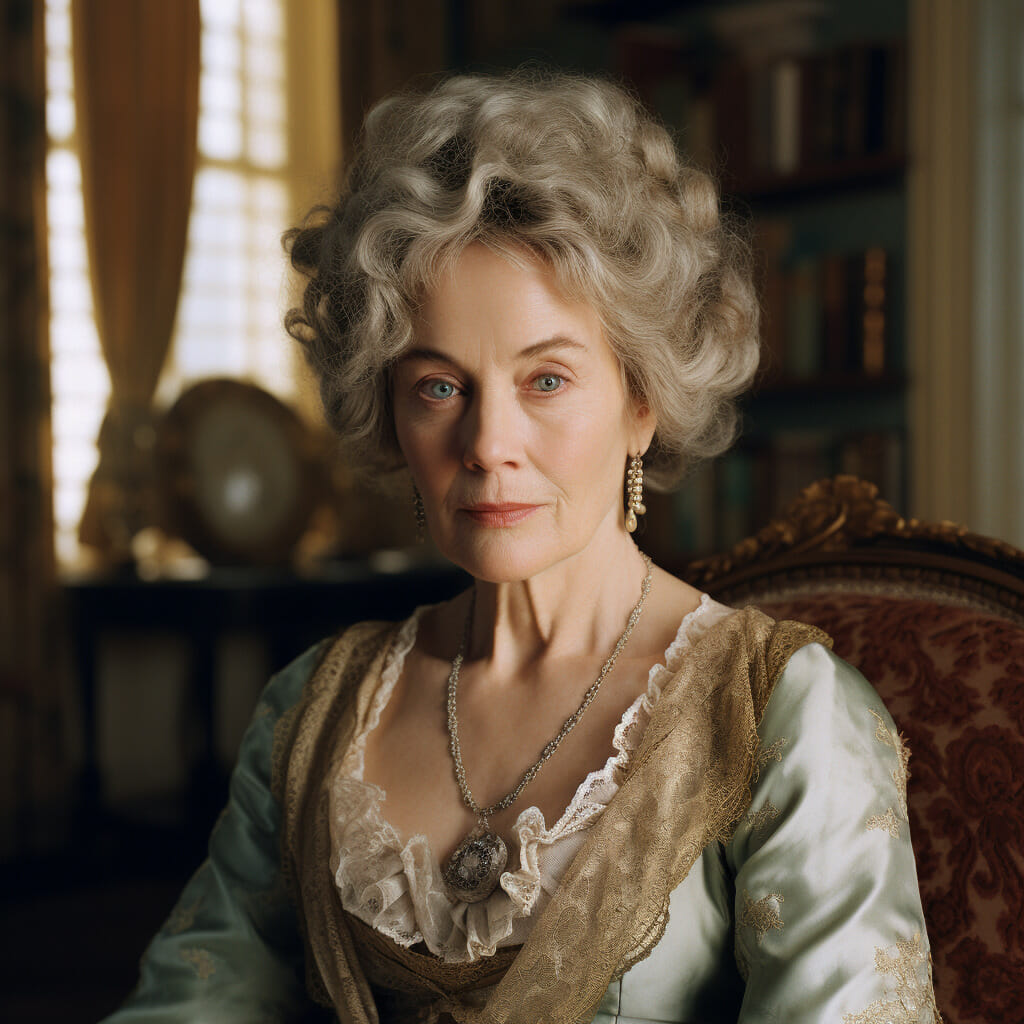
Lady Catherine acts as both a villain and as a character foil for Elizabeth Bennet. She does her best to break up the main couple, going as far as visiting Elizabeth’s house in the middle of the night to threaten her into staying away from her nephew, Mr. Darcy.
Sid Phillips from Toy Story.
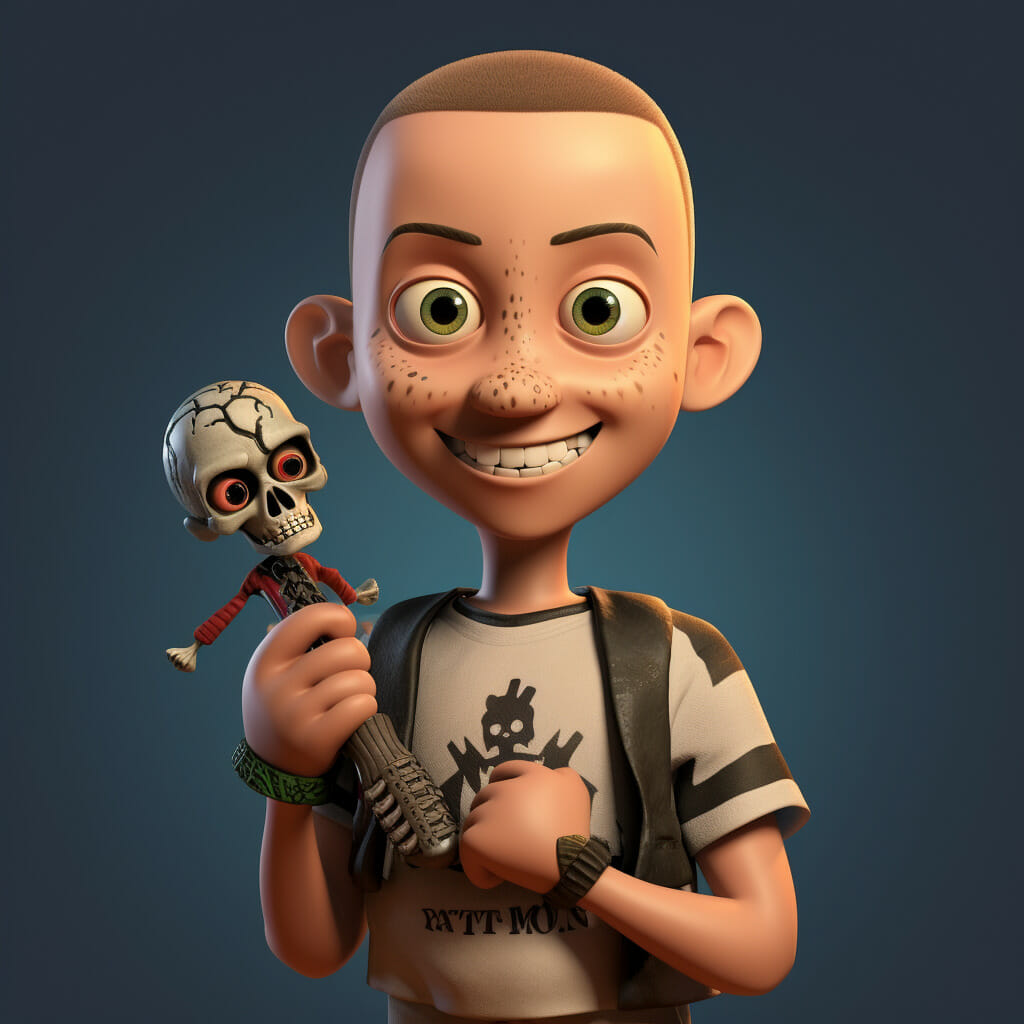
I think Sid is such an interesting villain, because he’s really not doing anything wrong. He’s an eleven-year-old kid doing eleven-year-old kid things. Throughout the film, he tortures and torments our heros, but he doesn’t even know the toys are sentient! When he realizes, he freaks out and runs away. Nonetheless, he’s a villain because he directly opposes the heroes’ wellbeing.
President Snow in The Hunger Games.
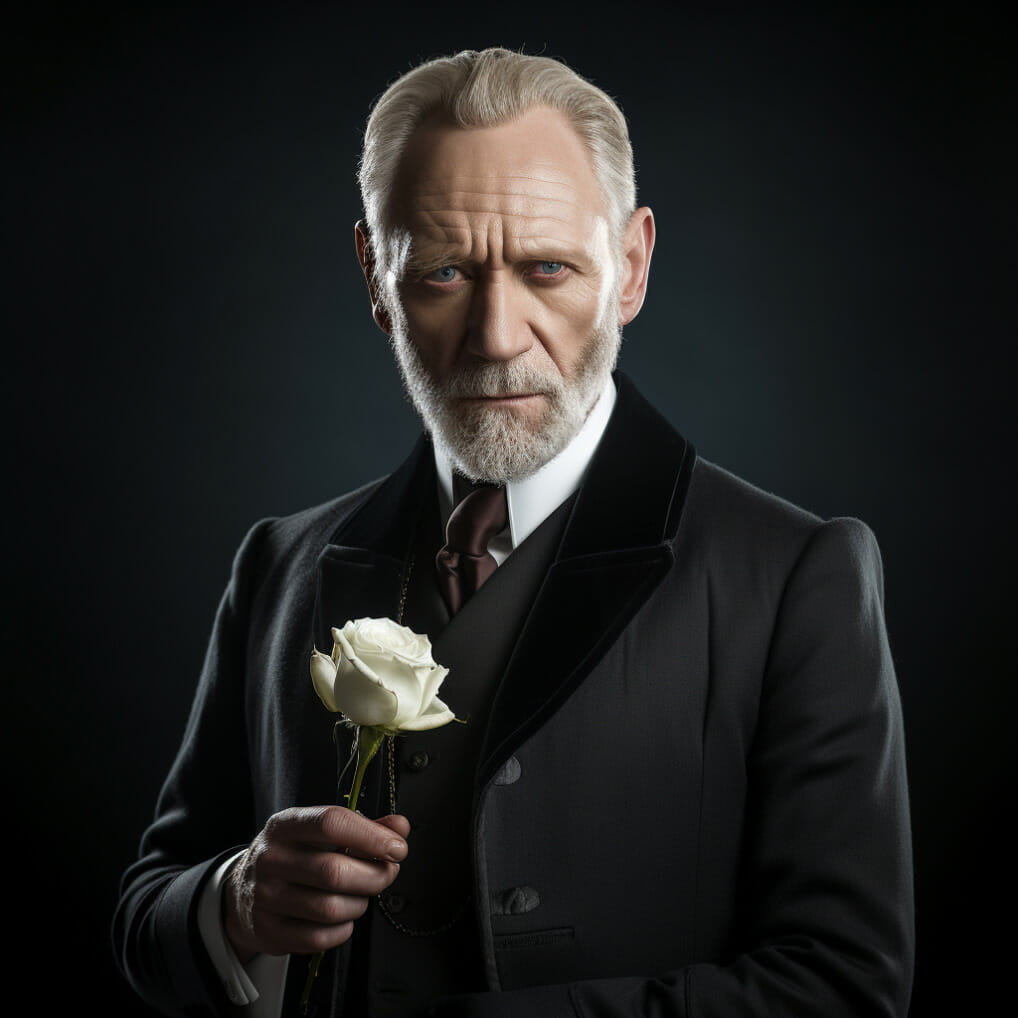
Obviously President Snow is a clear villain, as his main goal is to make children fight each other to the death in order to keep the nation under his control so they don’t riot against starvation and abuse. But in A Ballad of Songbirds and Snakes, Snow is the hero because the book is from his perspective. “Villain” in literary terms doesn’t mean “bad guy”. It simply means the hero’s opposing force.
Villains make up an important part of a fully fleshed cast of supporting characters, so be sure to give them just as much attention as your hero. After all, what is a hero without a villain to oppose them?


Book Outline Generator
Choose your Fiction or Nonfiction book type below to get your free chapter by chapter outline!
Book Outline Generator
Enter your details below and get your pre-formatted outline in your inbox and start writing today!
CONGRATULATIONS
Thanks for submitting! Check your email for your book outline template.
In the meantime, check out our Book Outline Challenge.
